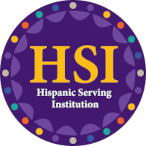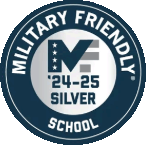SILVER CITY, NM—For the second year in a row, the WNMU Nursing program’s pre-licensure BSN graduates had a 100% passing rate on the National Council Licensure Examination (NCLEX), the test that is required to become licensed as a nurse. All students in the program passed the exam on their first attempt. The most recent national average passing rate for baccalaureate students is approximately 91%.
Associate Dean of the School of Nursing and Kinesiology Kim Petrovic attributed the success in part to changes faculty have made to the school’s pre-licensure BSN curriculum.
Some of these changes were in conjunction with changes to the NCLEX exam itself. The BSN curriculum now emphasizes clinical judgment questions that require students to walk through scenarios to replicate a real clinical environment. These scenarios resemble the ones that students will confront when taking the NCLEX and when practicing as nurses.
The clinical judgment process involves recognizing and analyzing cues, prioritizing hypotheses, generating solutions, taking action and evaluating the outcomes of any intervention undertaken—all steps that are crucial in a clinical environment, said Professor Charnelle Lee, who directs the pre-licensure BSN program.
In addition to the curricular changes in recent years, the School of Nursing has also added a nursing coach, and it has increased funding to support nursing students while they complete their clinical assignments. These changes have also contributed to students’ success, said Petrovic.
Petrovic said that students’ success on the NCLEX was not only due to changes within the School of Nursing but also to the university’s commitment to Applied Liberal Arts and Sciences. “My colleagues who teach in the pre-licensure BSN track are of special significance to this perfect pass rate,” said Petrovic, “as are colleagues in the liberal arts and sciences who teach in the required pre-nursing courses.” These pre-nursing courses equip students with the skills in communications, ethical understanding, quantitative reasoning and critical thinking that they need to succeed as nurses.




